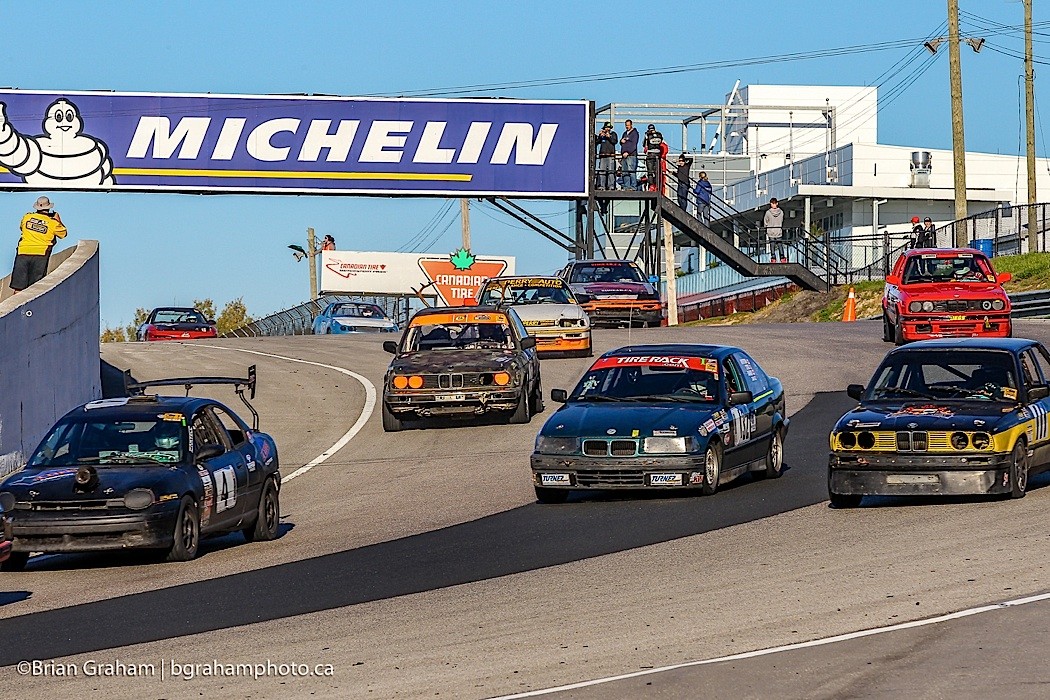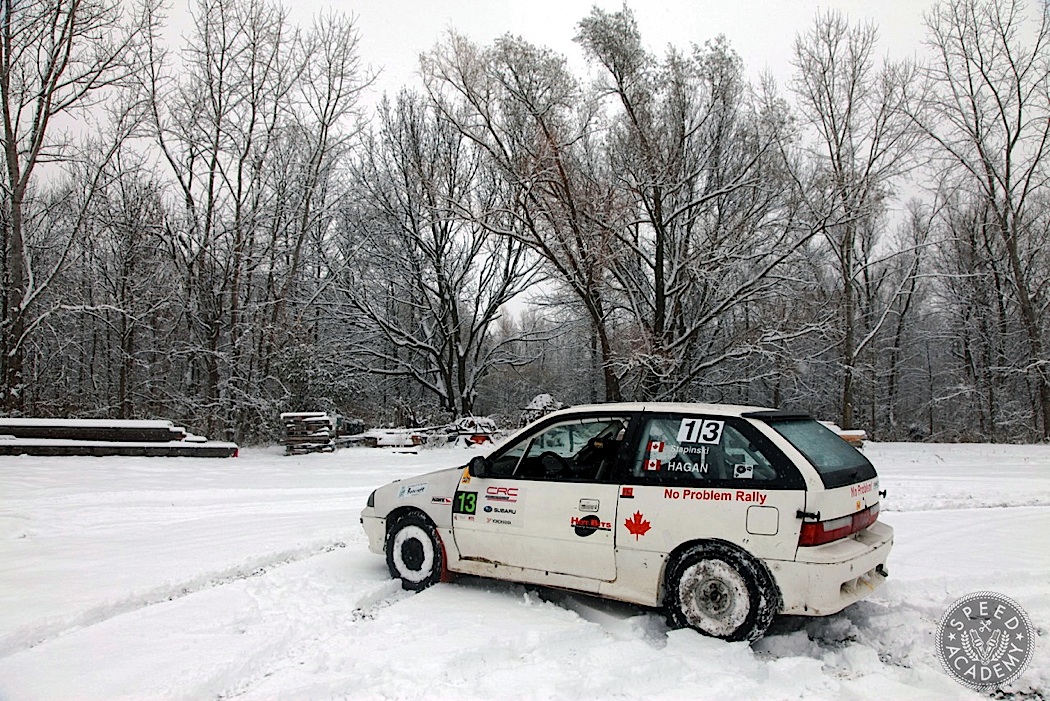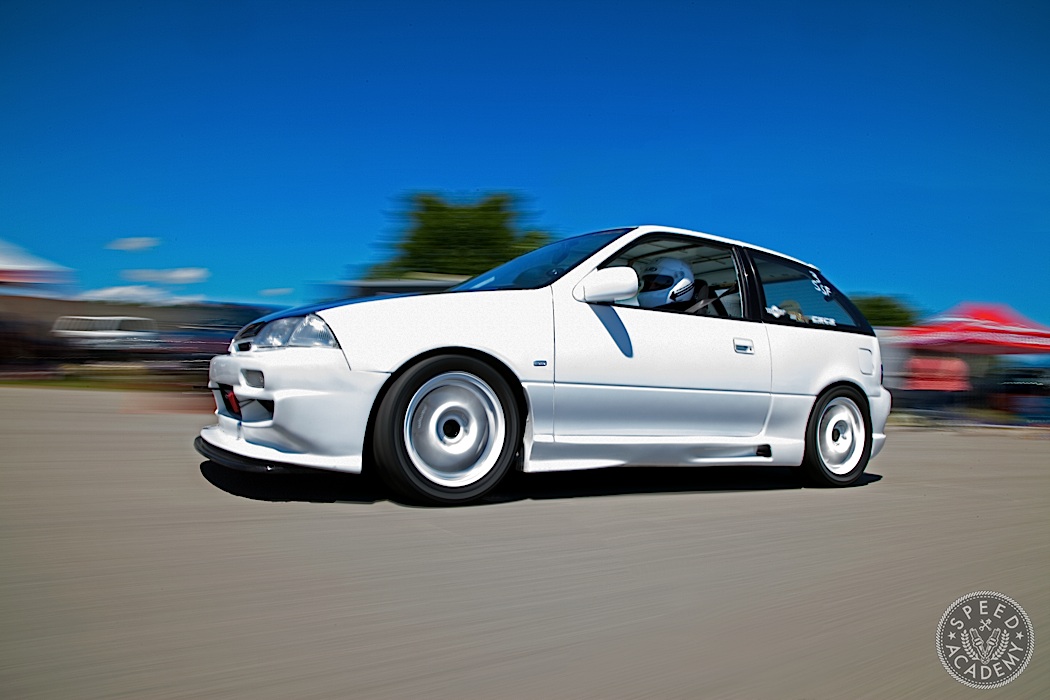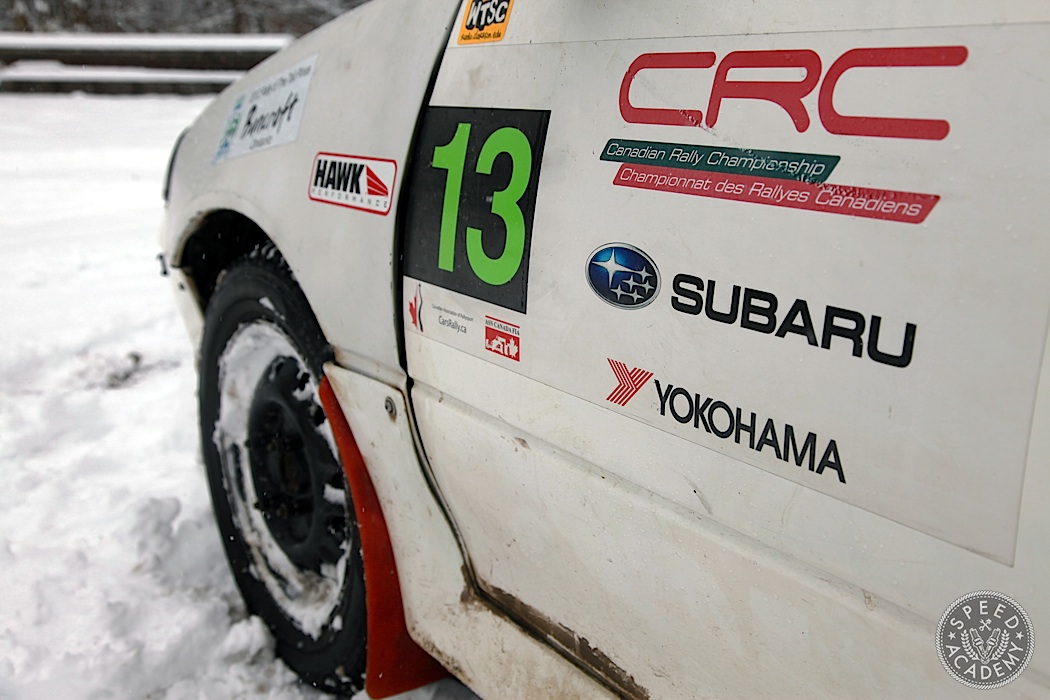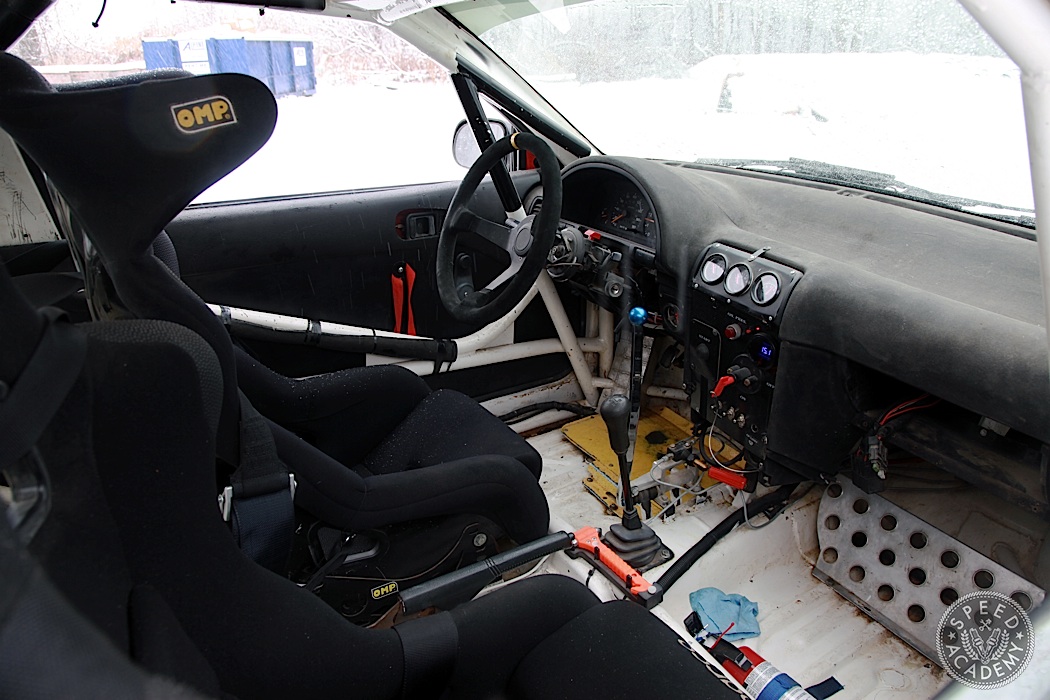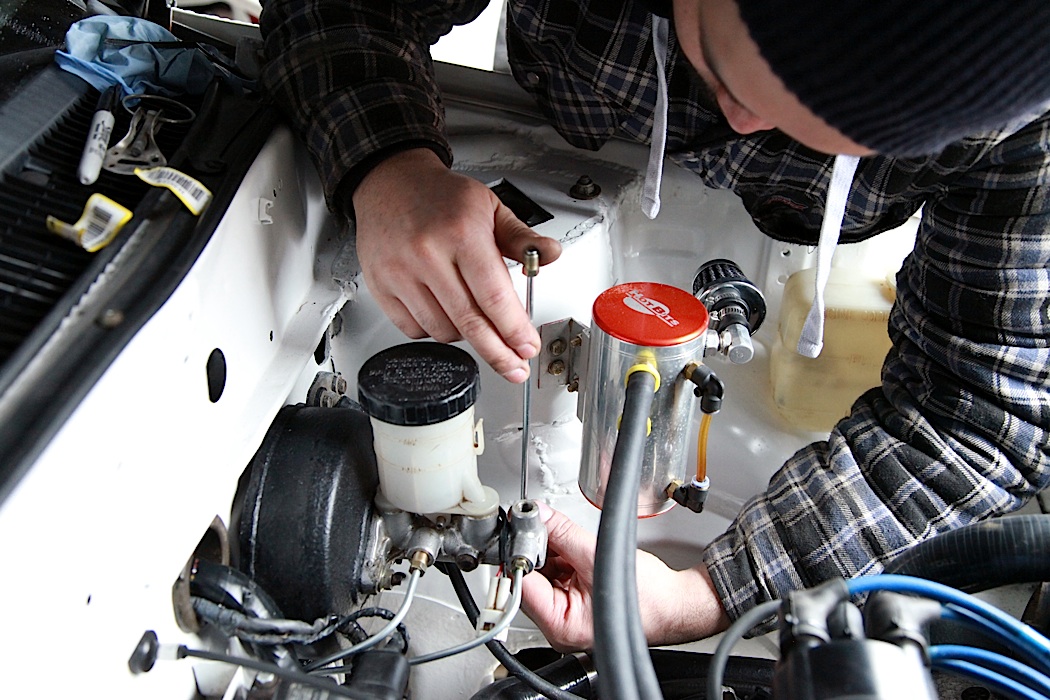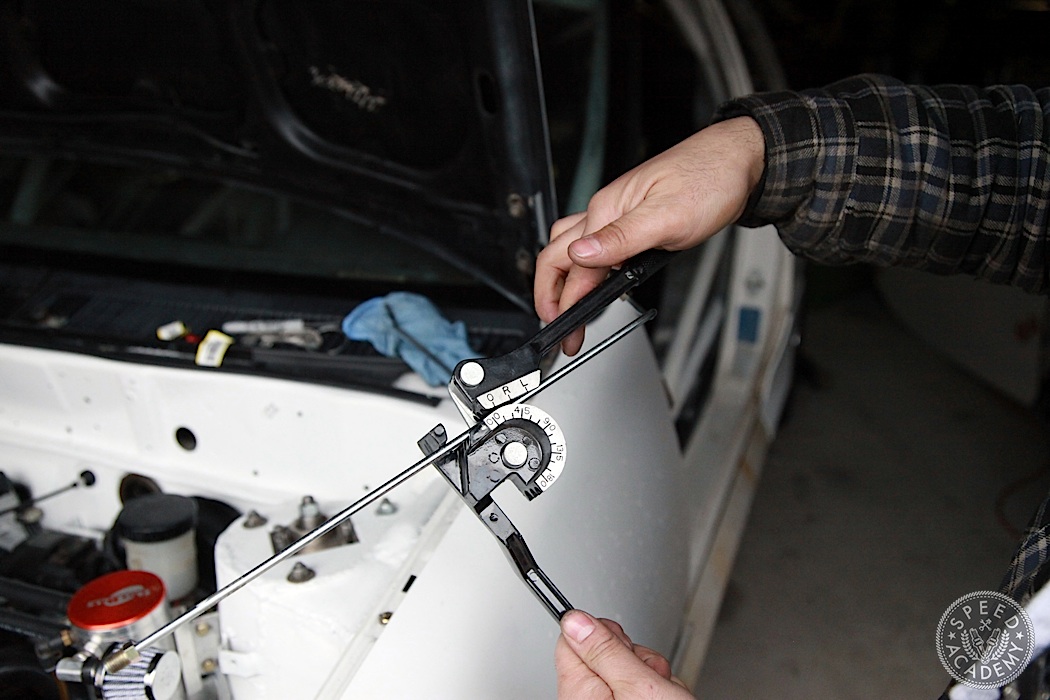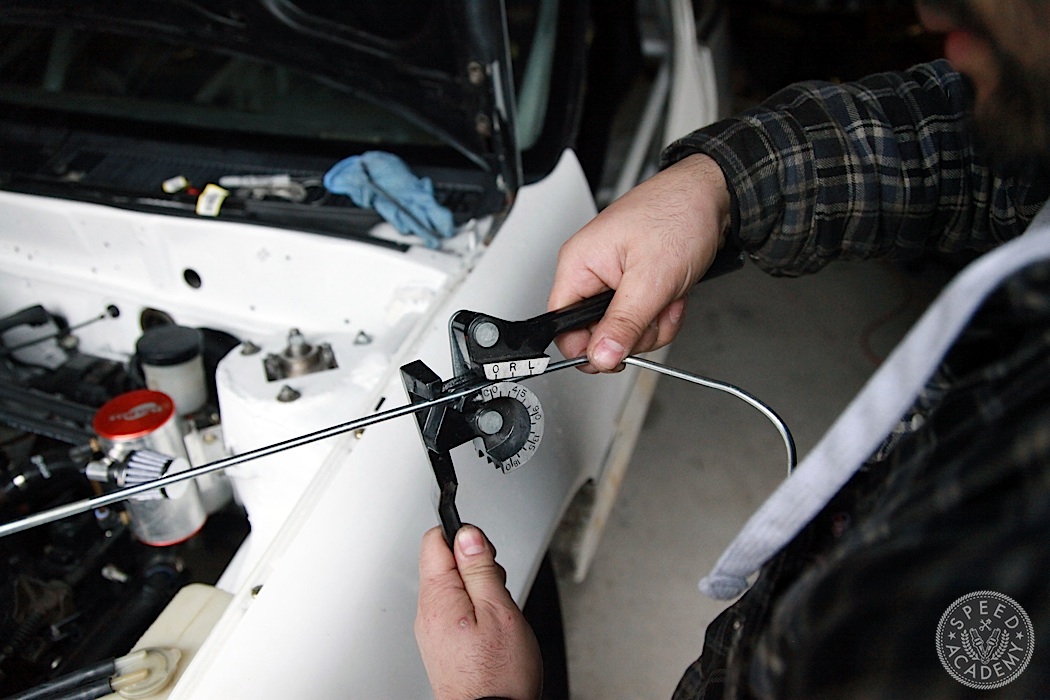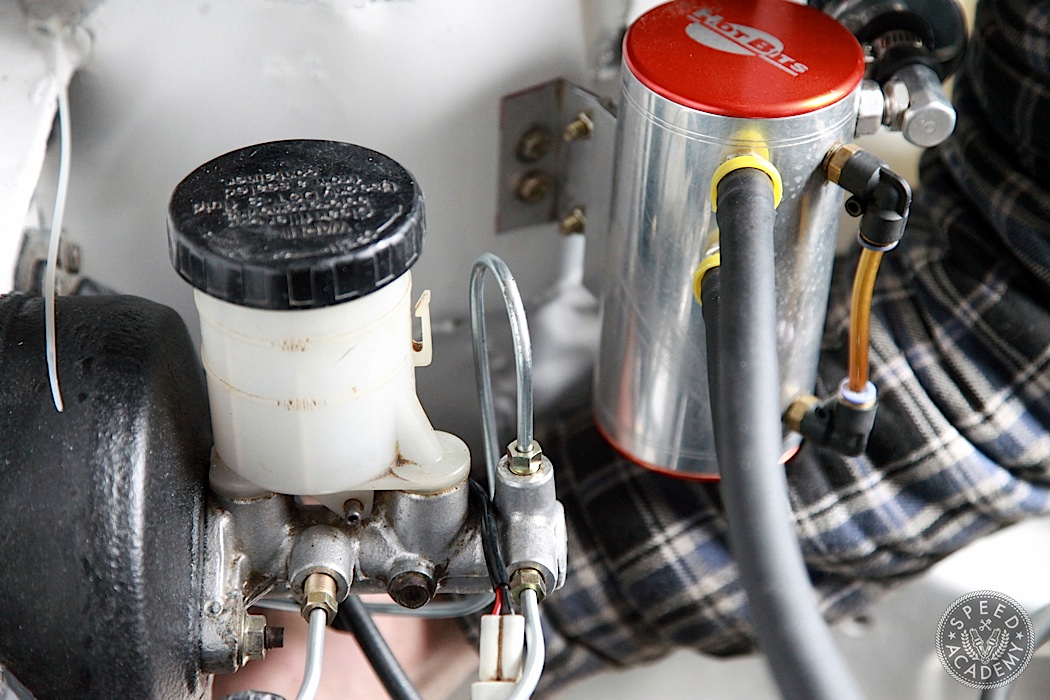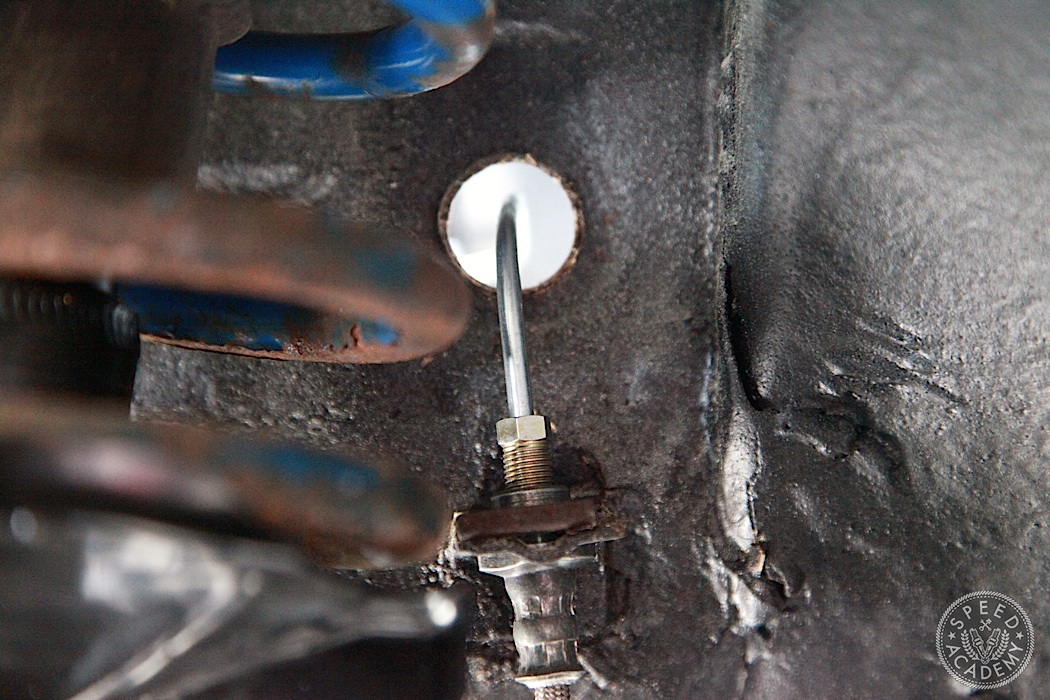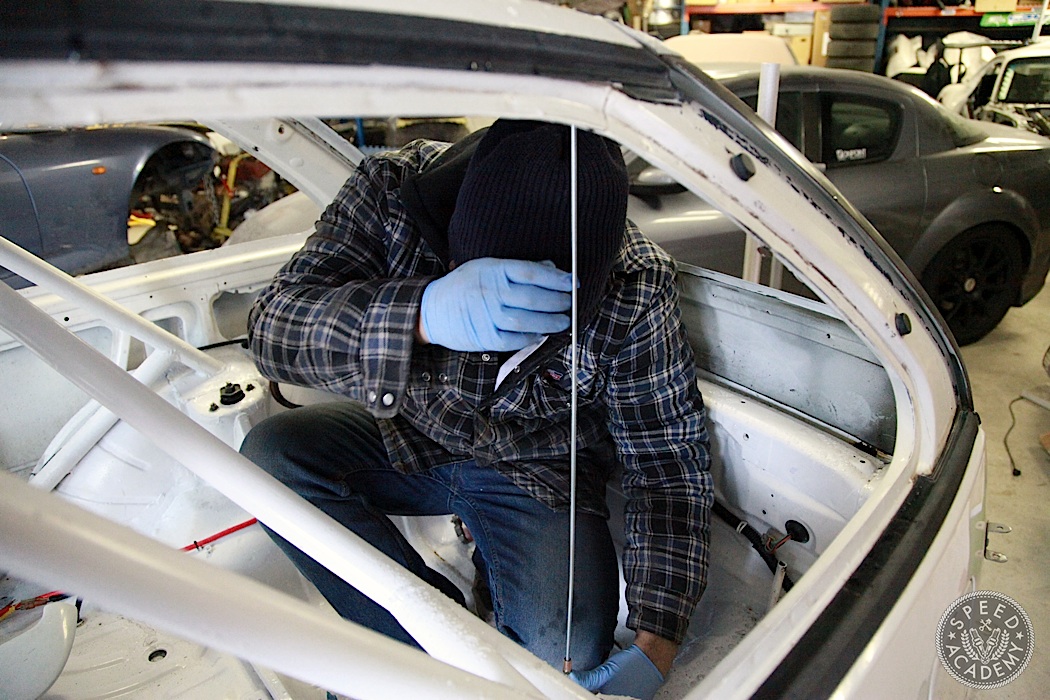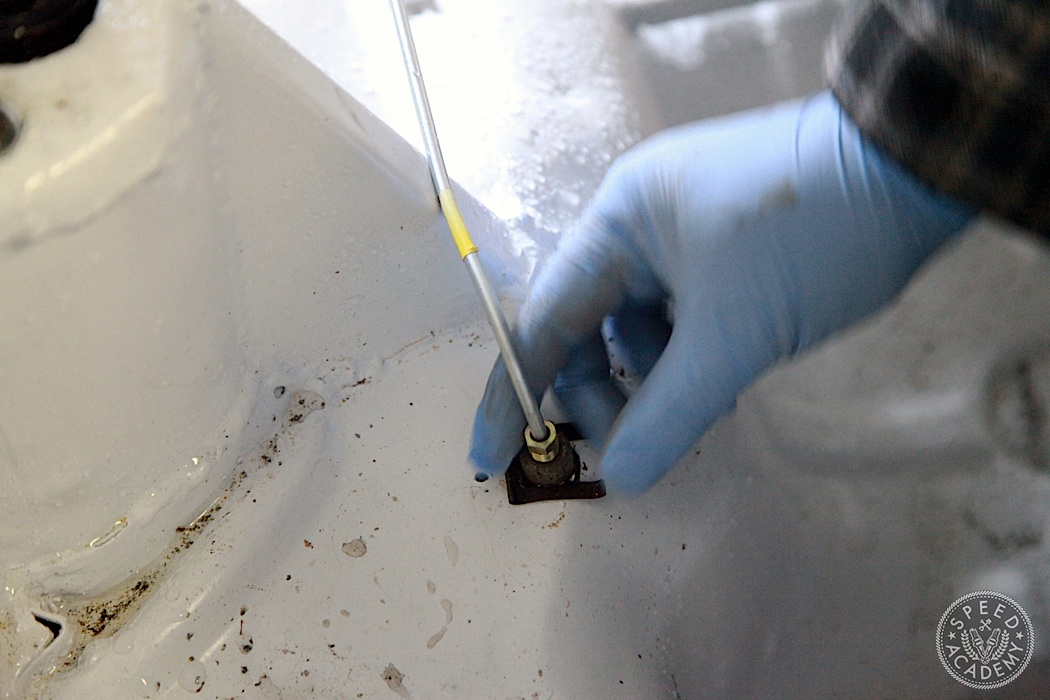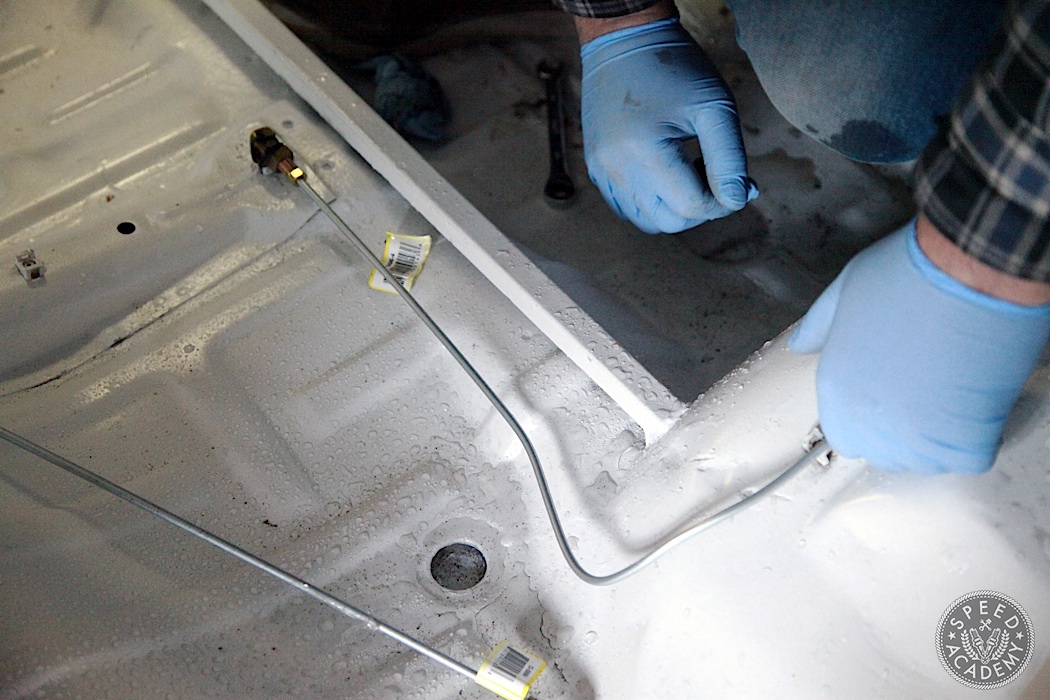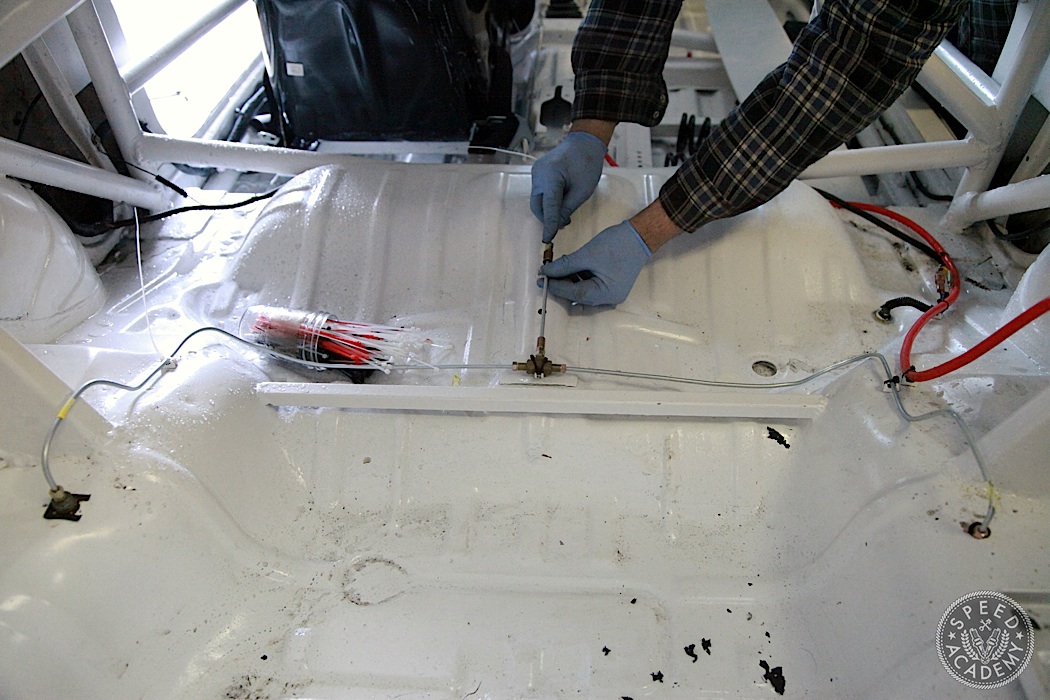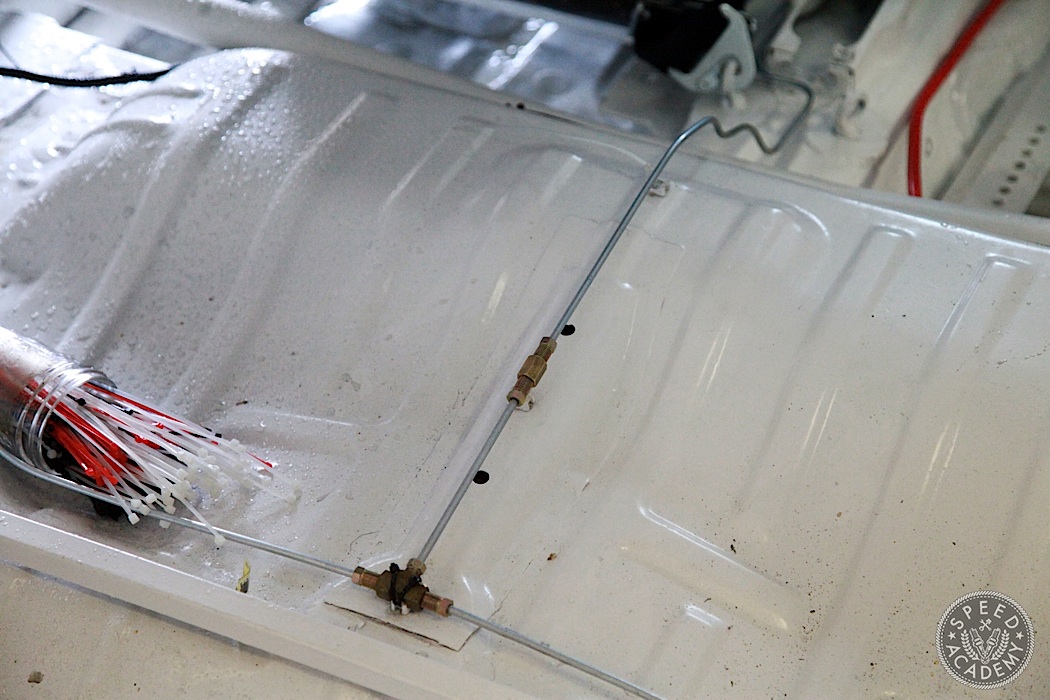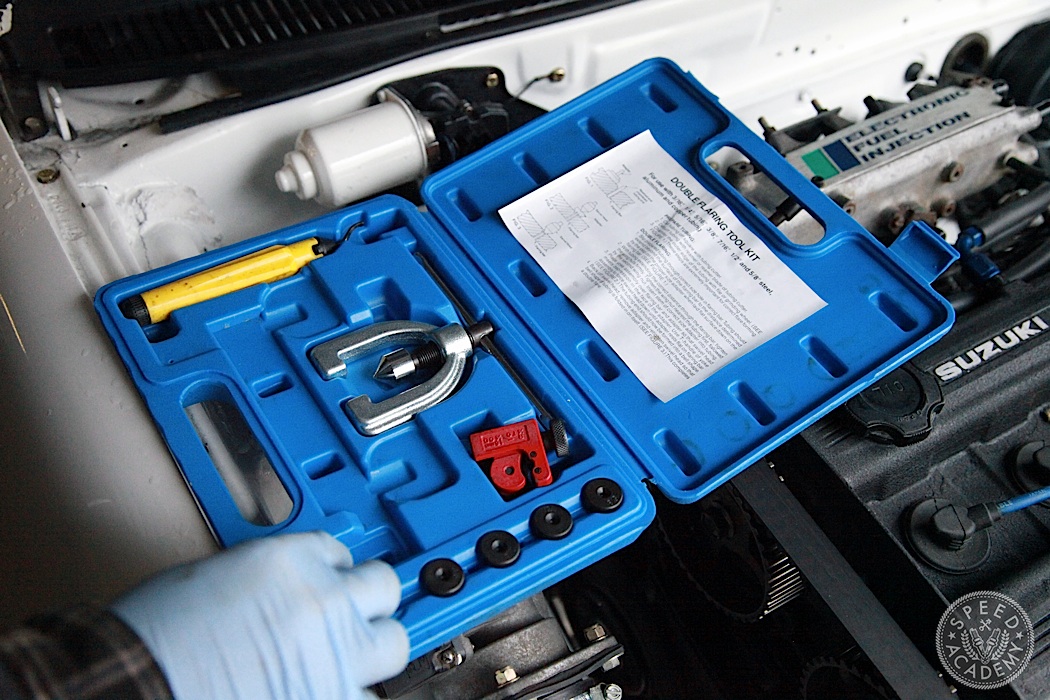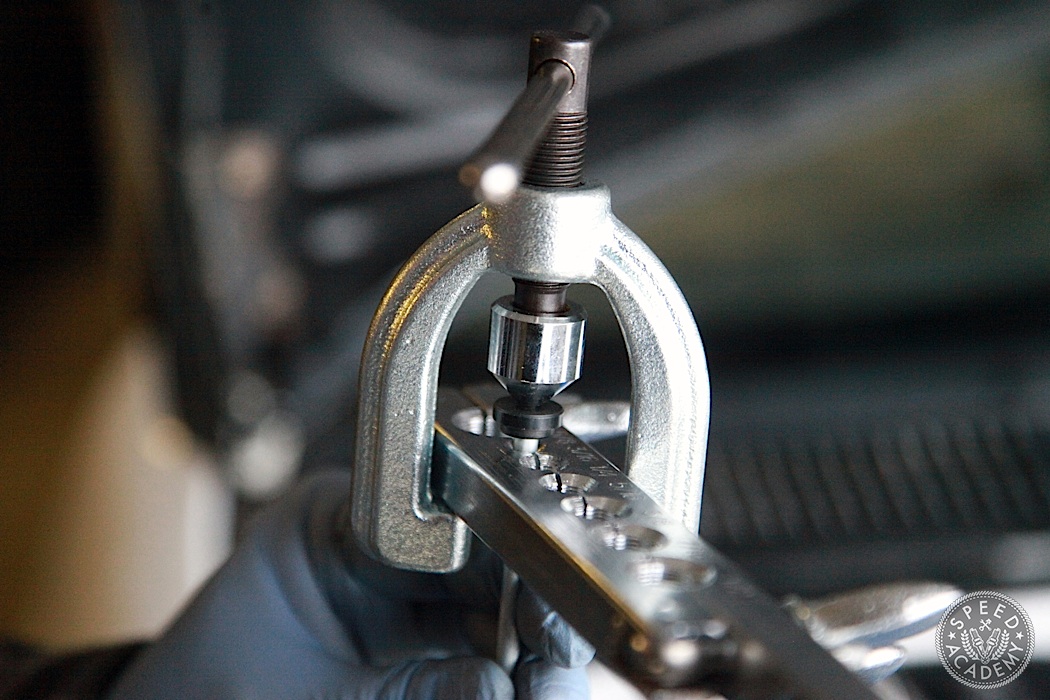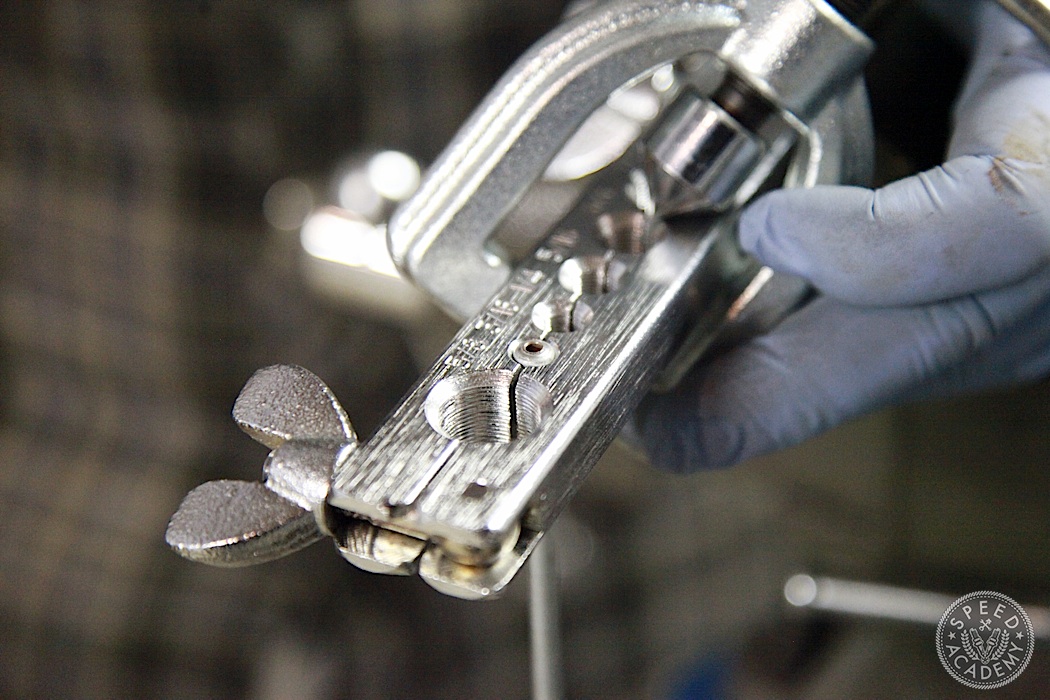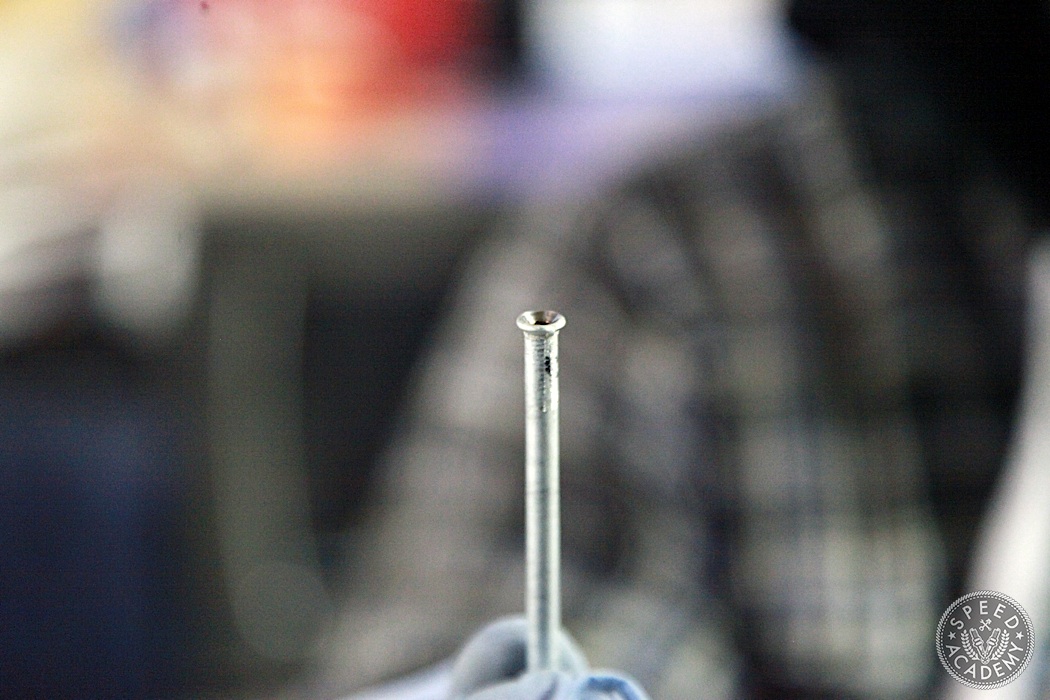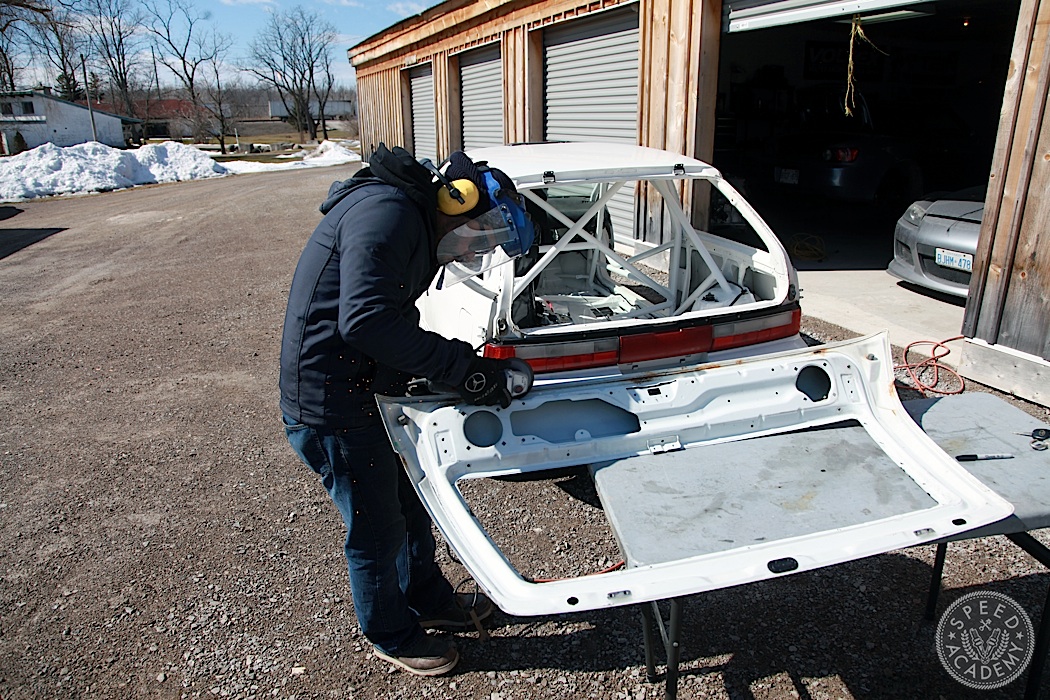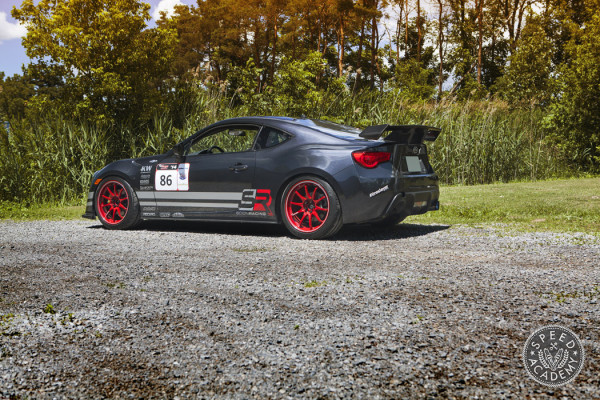ChumpCar racing is something I’ve wanted to try for years now. When this type of crap can racing came onto the scene, I assumed it was more smash’em up derby than actual racing, but over time ChumpCar has emerged as a pretty serious yet amazingly affordable way to go door-to-door racing.
So when our friend Kevin Stittle (whose been building a custom carbon fiber splitter for the ASS2000) asked if we’d be interested in doing a ChumpCar Canada race or two with him and his brother Andrew in an old Suzuki Swift he recently acquired, we couldn’t resist.
Why a Suzuki Swift? For starters, because Kevin is quite possibly the most knowledgeable Swift owner and race car preparer in the world, his Time Attack ‘SuperSwift’ running lap times that are very competitive with Hondas with 2-3x the power in the CSCS series.
Secondly, because Kevin and Andrew were able to buy this former Canadian Rally Championship Swift, including a straight cut dog box transmission and tons of spares, for less than a rusted out EG Civic. Kevin yanked the dog box as a spare for his TA car and tossed a stock trans into the ChumpCar to make the car legal for this very budget-minded form of racing.
The beauty of buying an old rally car or race car for ChumpCar action is that its got all the safety gear onboard already, including a full roll cage. The ironic part is that we’ve had to remove a lot of trick racing parts, since the ChumpCar rules are very restrictive so as to keep costs under control. So the badass dog box gear box came out and a stock trans replaced it, plus the HotBits coilover suspension has been replaced by KYB OE style replacement dampers and Suzuki Sport springs.
Being an old rally car also means it’s been beat on harder than a coked up hooker at a Mike Tyson sleepover. So as a precaution, Kevin has replaced a whole bunch of worn out parts, like hubs and wheel bearings. Luckily Kevin has a massive spares collection for this generation of Swift, meaning it hasn’t really cost anything to freshen the old girl up a bit. Our part of the freshening included running new brake hard lines. Since I”m better at threshold braking than bending brake lines, Ken took the lead, starting with the front driver’s side line from the master cylinder to the caliper.
To bend the stainless 3/16” lines Ken busted out his brake line bender tool. This allows you to make nice, smooth radius bends.
Stainless is also nice to work with (compared to aluminum) since you can straighten out a bad bend and try again, as we did once or twice. And when we needed a bigger or smaller radius, Ken just ad libbed it by bending the line around a roll cage tube or just using a bit of carefully directed force with his oh so manly fingers. The end result was a nicely fitted front line.
The rear brake lines are actually routed inside the cabin on this car, presumably a rally car method of protecting them from damage when racing on gravel roads or taking big jumps. So Ken just jumped inside and started measuring things up and figuring out how to route the new lines through the holes drilled in the rear strut tower areas. No doors or windows on the car certainly made this easier.
Since the flex line off the caliper was really long, we decided the best option was to mate the hard line to the flex line right at the hole in the chassis. This got the flex line up and out of the way of the rear sway bar and suspension and kept the hard line short and relatively simple. No doors or windows also meant the interior got soaked during a sudden downpour. Ah well, as Ken and I kept telling ourselves, “It’s a ChumpCar.” Sorry, Stittles!
With both rear caliper lines run, all that was left was the long hard line up to the connection point in front of the shifter. The longest hard line wasn’t quite long enough for the job, so we bought a short piece and a female-female connector to join them. Then we cut the short piece to length and made a few bends to fit it to the chassis floor along the route where there were already some zip tie connectors riveted in place.
Oh, one other small detail. When joining the long central line with that double-female connector, Ken had to do a bubble flare on the end of the short line he cut to length. For this he busted out a fancy double flaring tool kit.
Once you set the line in the clamping tool at the correct height, you put it in a vice and use this funky screw press with the right sized adapter on the end of it to sort of pancake the end of the line.
After that you use the tip of the screw press to form the bubble flare. Job done! Since one of the rear calipers had no flex line we weren’t able to put fluid in the system, bleed the brakes and test for leaks, so that’s something Kevin will have to do before we take the ChumpSwift for its maiden voyage.
With our part of the brake job done, it was time to move on to gutting the doors and rear hatch. Lightness is the Swift’s greatest strength and we want to capitalize on that by making it as light as we can before the race (1731 factory curb weight). ChumpCar is endurance racing (our first race at Mosport on April 18th and 19th runs for 7 hours each day), after all, so reducing fuel consumption, tire wear, and brake wear via lightness just makes sense. We won’t be the fastest car up the back straight with a 1.3L 4-cylinder engine producing around 100-hp, but we’ll be braking less and carrying plenty of speed in the corners, and hopefully stopping less often for fuel than the other cars in our class, too. ChumpCar has introduced classes based on engine size, so we’ll be running in Class A for vehicles with engines under 1.91-liters of displacement, meaning lots of Hondas and the odd Neon, Mazda or similar small Japanese stuff. Sounds like fun to us!


